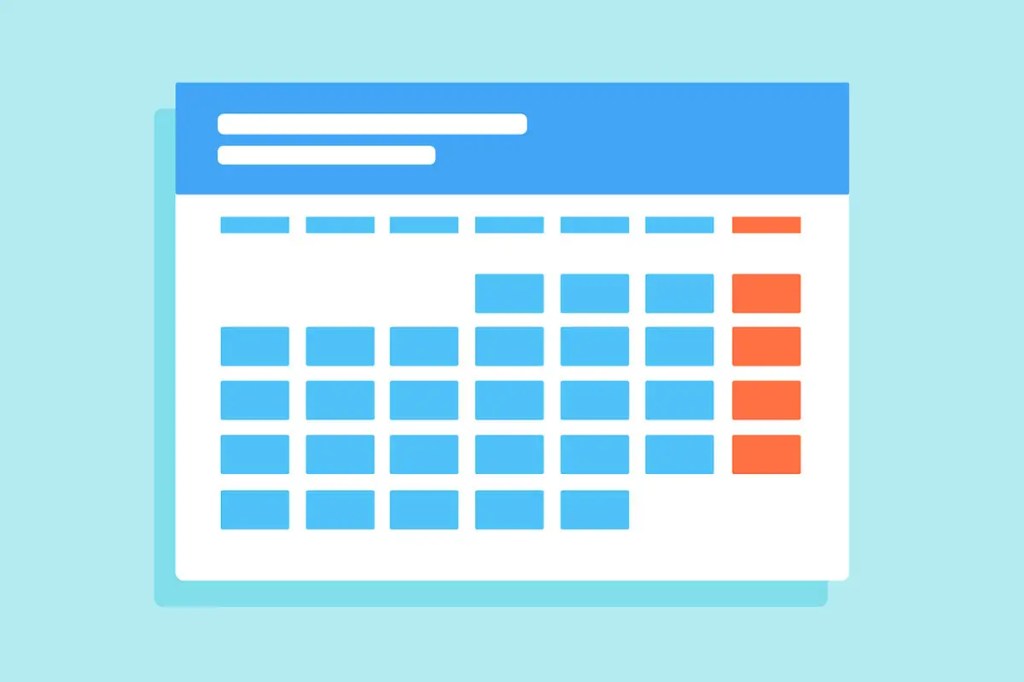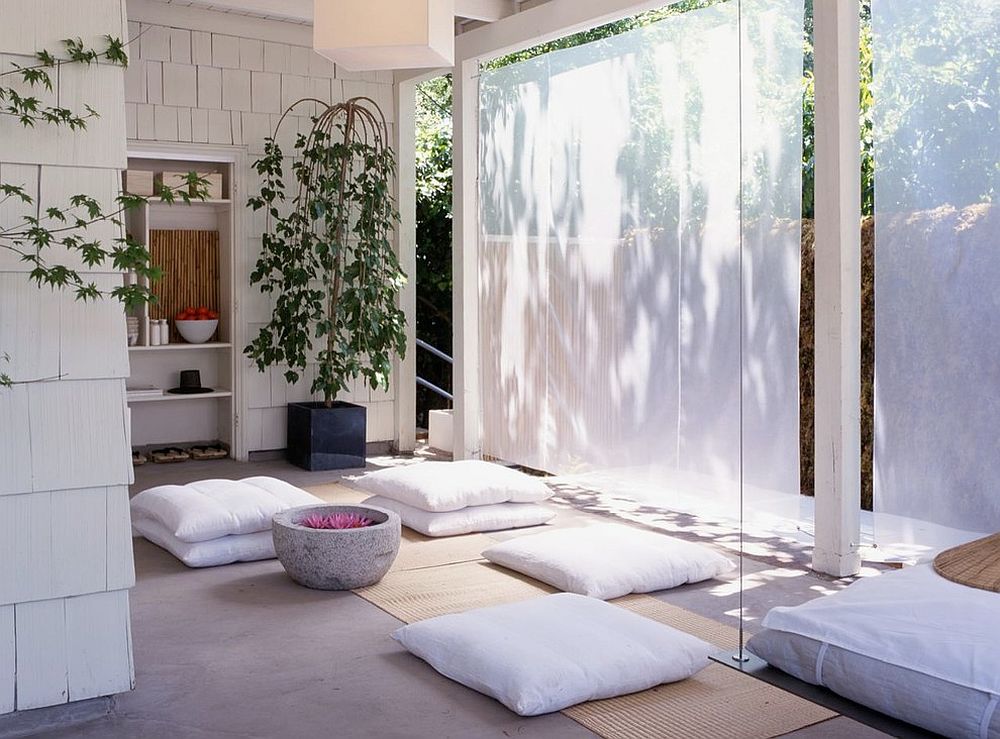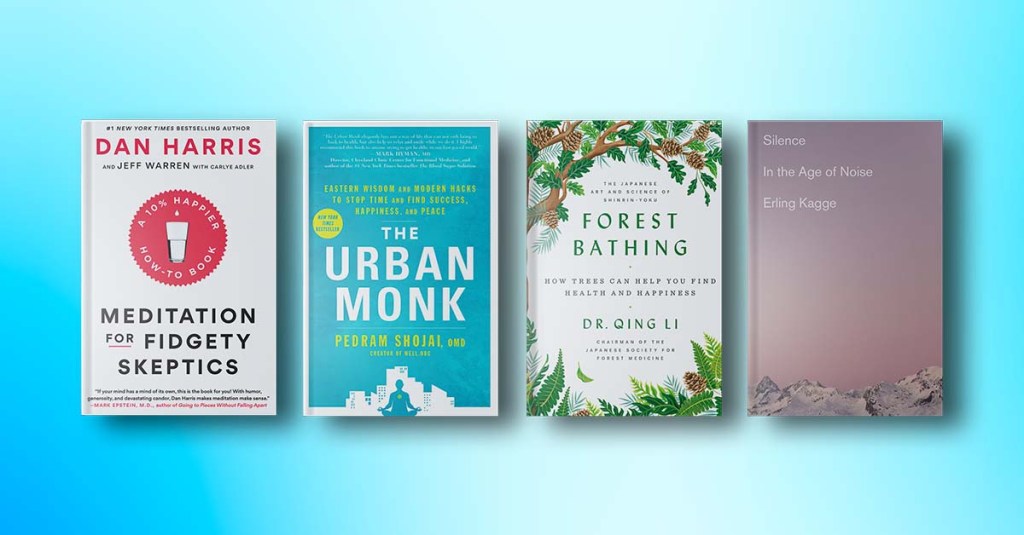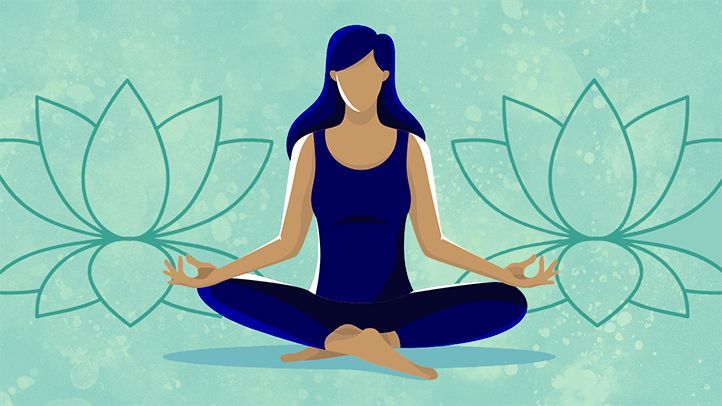Have you ever heard of or considered trying out meditation but are unsure of where to begin? Back 7 years ago, my life was in complete and total shambles. I was knee-deep in college classes and life was just hitting me hard with stress and challenges. There were days I couldn’t even function because my mind was running 100 miles a minute. One of the best things you can do for yourself is to pump the brakes and take a breath, but sometimes this is a lot easier said than done. With the support of a “procedural” activity like meditation, we can train our minds and bodies to become self-aware of moments in which meditation is beneficial and even necessary. The necessity of meditation has become alarmingly more and more evident as our society has shifted its goals and focus. As humans, we are so schedule/calendar oriented that without our Google calendar or daily alarm reminders, we wouldn’t accomplish half of the things that we do. Our current society is a constant “go go go” where we try to cram our work schedules, social lives, daily hygiene and care routines, and more into a 24 hour span of time. This leaves very little down time for sleep or rest. The human body was created to respond to stressors in a “fight or flight” response whenever it received a signal from the brain that something was worth stressing about. The “fight” is the body’s preparedness to react and respond to a threat which includes an increase in heart rate, increase in attentiveness, increased blood pressure and heart rate, muscle tenseness, increased reaction time and so forth. The “flight” response is the body’s preparedness to “run” or avoid the stress and danger. The body does so by again increasing the heart rate, increasing blood pressure and heart rate, increasing awareness to surroundings and a locked problem/solve mindset. When we cram our daily tasks together in packed schedules, our bodies go into “fight or flight” mode to respond to the pressure, stress and intensity of the tasks ahead. Our bodies constantly feel the effects of our stress and racing thoughts and we rarely allow our minds to slow down and do a self-assessment of our mental, emotional and physical well-being. Whether you are doing meditation for an upcoming stressful situation, are wanting to incorporate it into your daily routine OR are trying to find a way to calm down in this current moment, these are the 7 things you should keep in mind when beginning your journey of discovering meditation.
Tip #1 Get in the Habit of Practicing Meditation Daily
Meditation can take as few or as many minutes as you allow. Starting out by dedicating only a few minutes everyday is the most effective way to ensure it becomes a routine or habit. Also make sure that you pick a time during the day where you can expand your practice time as you grow and become more comfortable meditating. I meditate at the end of the day before I go to sleep. This not only has allowed me the ability to make my meditation time longer (I had to start getting ready for bed earlier) but has also doubled as a method for helping my body “wind down” and begin to relax, which has immensely helped me to fall asleep faster than I usually would. No matter when you allot that time to meditate, make sure it is tied with a daily routine you currently follow so that this daily habit is easier to form.

Tip #2 Pick a Space
When picking a space to meditate make sure that it incorporates the following things:
- Free from distractions
- Is quiet or can be quieted down
- Can be repeatedly used as a meditation space
- Has items that can be calming (ie: backyard garden full of pretty and aromatic flowers)
Tip #3 Make Sure You are Comfortable
When in your meditation space, make sure you have a comfortable spot to sit in or lay down on to ensure your body is not distracted by the discomfort or pain. Adding a comfortable chair or cushion to sit or lay on, on the floor, can help take away discomfort and add additional levels of comfort and pleasure to the body for the session. It is also important to meditate in a position that is most comfortable to you whether that be laying or sitting, sitting with back straight or sitting with a slight hunch, laying on your back, stomach or side. An expensive chair or cushion is not necessary either, this item can be something you already have in your home.

Tip #4 Expect your Mind to Wander
Meditation is all about focusing on your breathing and how your body feels. While it is important to stay focused on your breathing it is nearly impossible to stop your mind from wandering throughout your meditation exercise. Let your mind wander, but be mindful that it is wandering and gently remind yourself to focus back in on your breathing techniques and body check-in. A wandering mind is not only normal, but is expected of new practitioners of meditation. One way to bring your focus back to your breathing is to:
- Take 3 deep breaths
- Inhale and hold for a few seconds into your belly
- Exhale
Tip #5 Practice Different Types of Meditation to Determine What Works Best for You
To practice meditation you can either do self-led or guided meditation. Guided meditation is great for beginners, those with anxious or racing minds, or can help guide you through new techniques. In guided meditation, a person will give you verbal instructions starting with setting up your meditation space and includes deep breathing procedures, movement exercises, visualizations and more. Guided meditations, while great, may also be harmful. Guided meditation does not work with the meditator’s pace and may pull the meditator out of their meditative state when the guide moves on to the next step. Self-guided meditations are all on you. You set up your own space and lead yourself through your deep breathing, movements, visualizations and so forth. Self-guided meditations are recommended for more advanced meditation practitioners who have more experience and practice with the different types of meditation as well as have control on guiding themselves back in when their mind begins to wander. These are some things you need to establish before beginning your own self-guided meditation: setting interval bells, making a set order/plan of meditation, begin to let go of technique and let your breath and body take control, complete your meditation and ease back into your daily life. For more info on guided vs self-guided meditation please visit https://www.withinmeditation.com/blog/2018/7/16/guided-vs-self-guided-meditation-which-is-better-for-me
There are various different types of meditation you can try out to see which you like best. The different kinds are:
- Mindfulness
- Spiritual
- Focused
- Movement
- Mantra
- Transcendental
- Progressive
- Loving-kindness
- Visualization
To learn more about the different types of meditation please check out this article https://www.healthline.com/health/mental-health/types-of-meditation#What-meditation-is-all-about

Tip #6 Know that Meditation Takes Practice and You MAY Need Additional Support
Just like all new things, meditation takes practice. You must have patience and enjoy the process of learning meditation and knowing your mind more intimately than you have ever known it before. Sometimes, practice is not enough and you will need additional support. The support can be as simple as finding a local meditation Facebook group and joining them on a regular basis to meditate. Through a google search you can find Buddhist meditation groups as well as secular meditation studios. As long as they are authentic in their practice and make you feel welcome and comfortable, then you are in the right space. And now with the explosion of zoom, you can find meditation groups that meet via zoom if you are in an area where there aren’t any local studios or groups. Sometimes just sitting in once a week with your group is all you need to stay motivated, inspired and focused.
Tip #7 Be a Lifelong Learner and Immerse Yourself in Meditation Resources
Whether it be books, articles, podcasts, videos, there is always something new and unique to learn with meditation. Acquiring meditation techniques and knowledge are skills that are never truly perfected. Let the thrill of new knowledge inspire you to keep learning and trying new things. You feel best when you are in touch with your genuine and true self and let go of your thoughts, memories and emotions. The goal of meditation is peace, compassion, freedom, and happiness. The more time you spend on learning this skill, the more effort and dedication you are putting into making the best version of you the world has yet to see.

Sound off in the comments what type of meditation you practice, when, how long you’ve been meditating, what your space looks like etc! And as always please share share share this article and invite your friends to subscribe to my blog. I am loving the growth thus far but would love to see more!!!
Have a fabulous weekend!
XOXO,
EMMA

